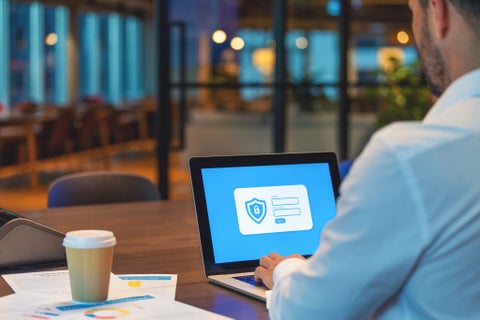Protect your information and your equipment
We tell you the steps to follow to help you improve the protection on all your devices.
Be discreet online and in public
Pay attention to the information you share on social media and by phone. Don't trust anyone you can't identify.
Think before you click or reply
Do not fall into the trap, reconsider messages that raise urgent situations or offers that are difficult to turn down.
Keep your passwords safe
Learn how to break the habit of having the same password, or similar ones, for all your online accounts.




